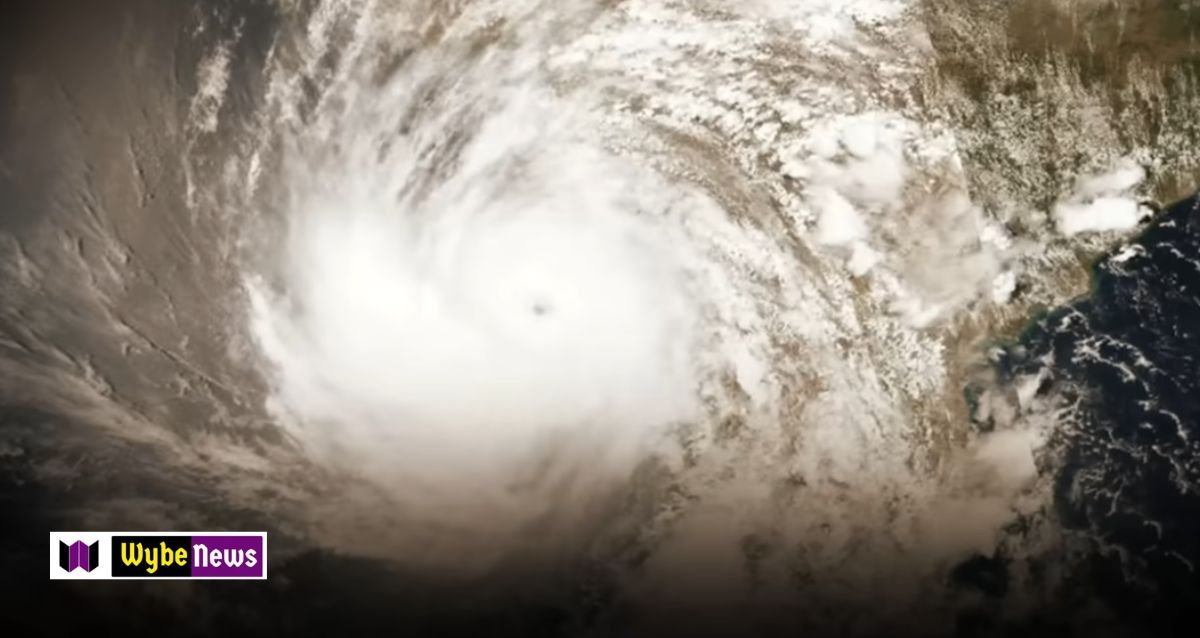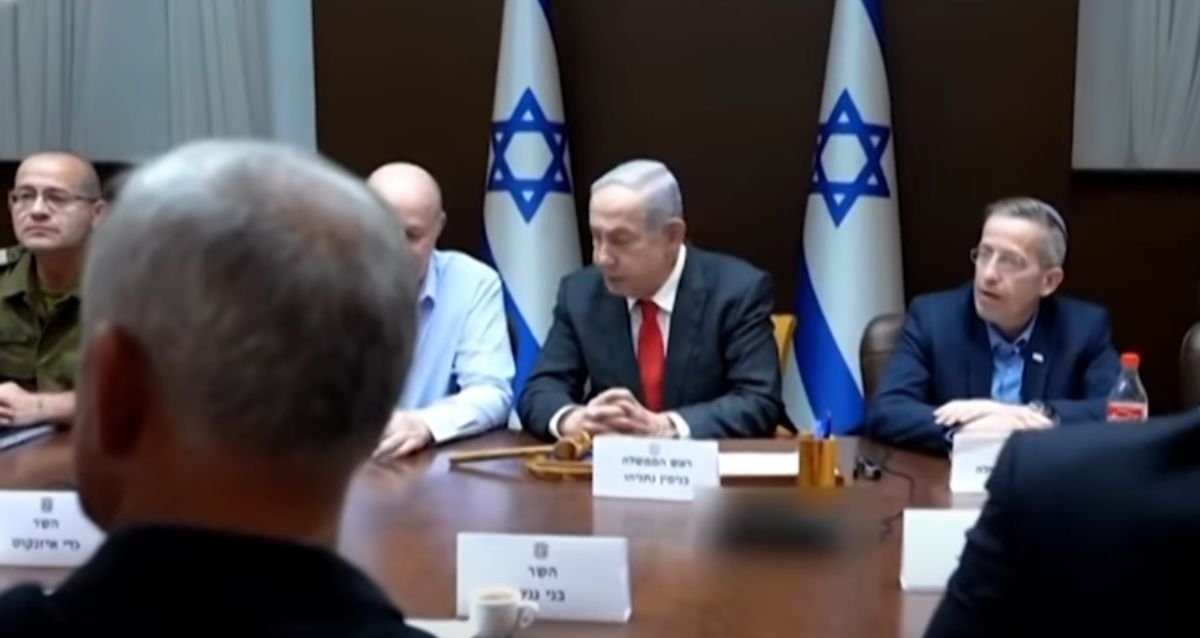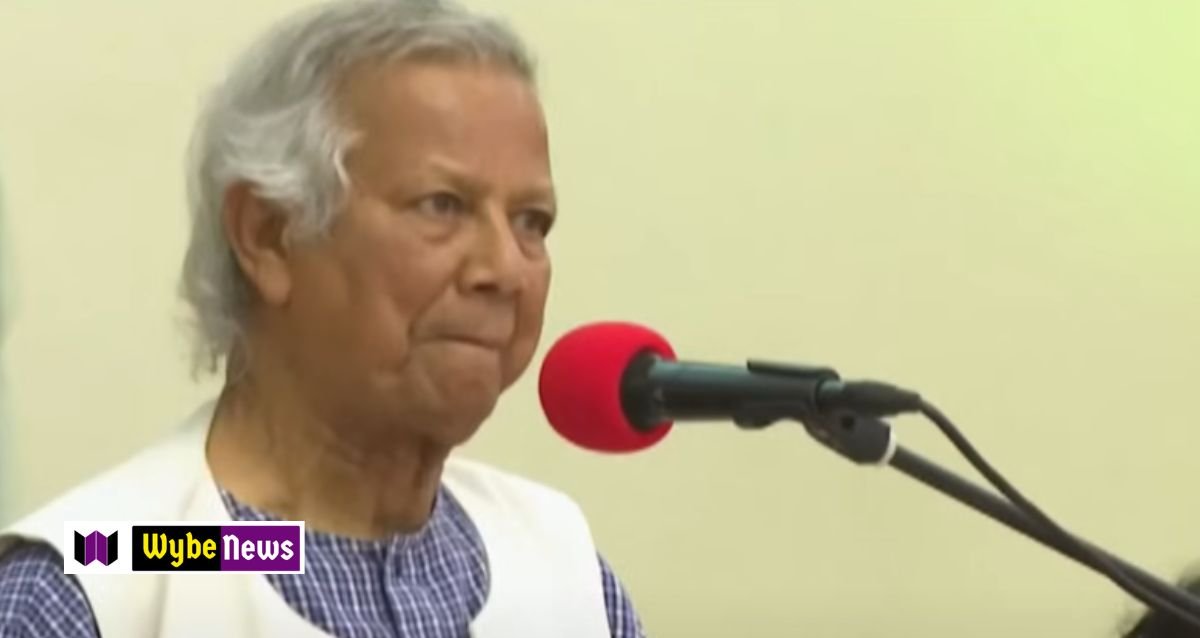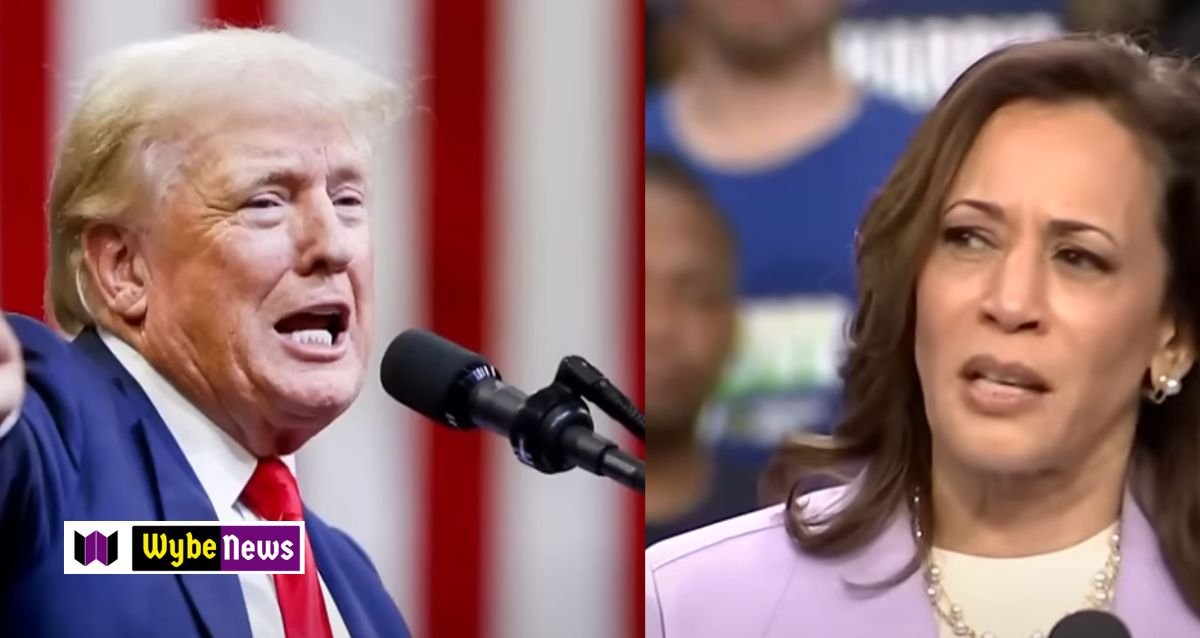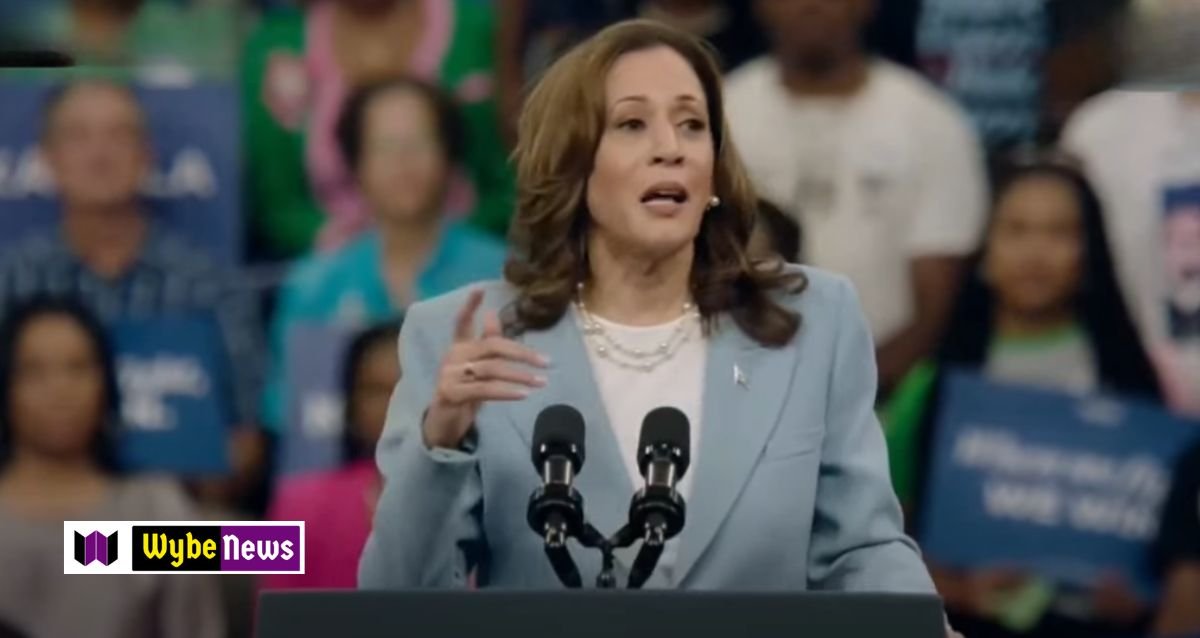This American Presidential Election Is Unique: Here’s Why
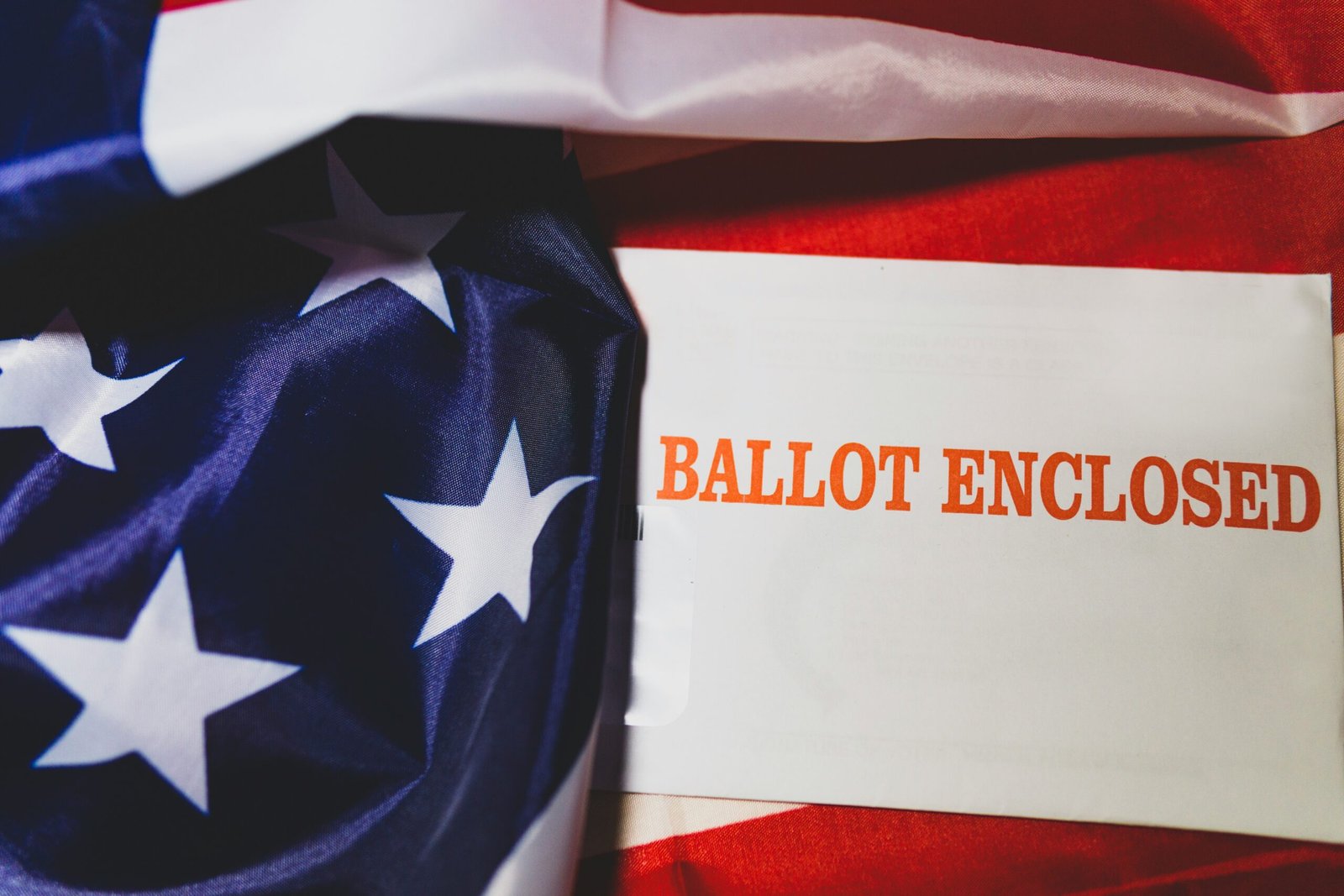
Introduction: Setting the Stage
The current American presidential election stands as a remarkable chapter in the nation’s political history. In contrast to previous elections, this year’s race is characterized by a distinctive political climate and unprecedented circumstances. As the nation navigates through a period marked by social upheaval, economic challenges, and a global pandemic, the stakes have never been higher.
Key candidates have emerged from both major political parties, each bringing unique perspectives and policy proposals to the forefront. The incumbent, facing scrutiny over his handling of various crises, is being challenged by a seasoned political figure who promises a return to stability and comprehensive reforms. This dynamic has fueled a polarized yet highly engaged electorate, with voters deeply invested in the future direction of the country.
Preliminary events have set a dramatic tone for the election narrative. Early primaries and caucuses revealed a divided yet fiercely competitive race, while debates have showcased stark contrasts in vision and policy. These events have not only heightened public interest but also driven extensive media coverage, further amplifying the significance of every campaign move.
Public sentiment is a blend of anxiety, hope, and determination. Social media platforms and community forums are abuzz with discussions, reflecting a heightened level of civic engagement. Voter registration numbers have surged, and early voting statistics indicate a potential record turnout. The electorate’s enthusiasm underscores the pivotal nature of this election, as citizens from all walks of life recognize the profound impact of their vote.
In light of these factors, it is clear that this American presidential election is not just another electoral cycle. It is a unique, defining moment that will shape the national landscape for years to come, driven by an electorate that is more informed, engaged, and motivated than ever before.
Unprecedented Challenges and Circumstances
The 2020 American presidential election has been shaped by a series of unprecedented challenges and circumstances that have significantly influenced the electoral landscape. Chief among these is the COVID-19 pandemic, which has disrupted traditional campaigning methods, altered voting processes, and limited public gatherings. Candidates have had to pivot to digital platforms to reach voters, utilizing virtual rallies and online town halls in place of face-to-face events. This shift has not only changed the dynamics of voter engagement but also raised concerns about the efficacy of digital campaigning in reaching all demographics.
The pandemic has also led to a substantial increase in mail-in voting, as many voters seek to avoid potential exposure to the virus at polling stations. This surge in absentee ballots has sparked heated debates and controversies regarding the integrity and security of mail-in voting. Allegations of potential fraud and logistical challenges in handling the unprecedented volume of mail-in ballots have been prominent issues, prompting extensive legal battles and scrutiny from various stakeholders.
Beyond the pandemic, the election cycle has been further complicated by considerable economic upheavals. The economic downturn, triggered by the pandemic, has left millions of Americans unemployed, influencing voter priorities and policy discussions. Candidates have been pressured to address economic recovery plans, with varying approaches to handling the crisis and supporting affected communities.
Additionally, the election has been marked by significant social justice movements, particularly in response to incidents of racial injustice and police brutality. These movements have galvanized public opinion, leading to widespread protests and demands for systemic change. The candidates’ positions on these issues have become pivotal, with voters closely scrutinizing their proposed reforms and commitments to social equity.
International relations have also played a crucial role in shaping the election discourse. Global challenges, such as trade tensions, diplomatic conflicts, and alliances, have necessitated clear foreign policy stances from the candidates. Their approaches to international diplomacy and national security are critical factors that voters are considering in this unique election cycle.
In summary, the combination of the COVID-19 pandemic, economic instability, social justice movements, and international relations has created a complex and unprecedented backdrop for the 2020 American presidential election, making it a truly unique and challenging contest.
Innovations in Campaign Strategies
The American presidential election of this year has brought unprecedented changes in campaign strategies, primarily driven by the need to adapt to the unique challenges posed by the global pandemic. Traditional methods such as large-scale physical rallies and door-to-door canvassing have been significantly curtailed, leading candidates and their teams to embrace more innovative approaches. The reliance on digital platforms has surged, with social media and virtual events becoming central to campaign efforts.
One of the most notable shifts has been the increased use of social media to engage voters. Platforms like Facebook, Twitter, and Instagram have become crucial battlegrounds, allowing candidates to reach a wide audience while maintaining social distancing protocols. These platforms offer the advantage of targeted advertising, enabling campaigns to tailor their messages to specific demographics and regions, thereby increasing the efficiency and effectiveness of their outreach.
Virtual events have also become a cornerstone of modern campaign strategies. From virtual town halls to online fundraisers and live-streamed speeches, candidates have found creative ways to connect with voters. These virtual events not only circumvent the limitations on physical gatherings but also provide an interactive element that can be more engaging than traditional media. Voters can ask questions in real-time, participate in polls, and share their opinions, fostering a sense of community and involvement.
In addition to these digital strategies, some campaigns have employed unconventional methods to capture voter attention. For instance, the use of augmented reality (AR) and virtual reality (VR) technologies has been explored to create immersive experiences for supporters. These groundbreaking approaches not only differentiate a campaign but also offer a glimpse into the future of political engagement.
The innovations in campaign strategies observed in this election are likely to have a lasting impact. As candidates continue to leverage digital tools and explore new technologies, the landscape of political campaigning may be forever transformed. This year’s unique circumstances have accelerated a shift towards more dynamic and inclusive forms of voter engagement, setting new precedents for future elections.
The Role of Technology and Media
The 2020 American presidential election has been profoundly shaped by technology and media, underscoring their pivotal roles in the democratic process. Social media platforms like Facebook, Twitter, and YouTube have not only become primary sources of information for many voters but also significant arenas for political discourse. These platforms have facilitated direct interaction between candidates and the electorate, enabling rapid dissemination of campaign messages. However, the influence of social media extends beyond mere communication; it has also been a breeding ground for the spread of misinformation and fake news, which can distort public perception and influence voter behavior.
In response to the proliferation of false information, tech companies have implemented various measures to combat misinformation. Facebook and Twitter have introduced fact-checking mechanisms, flagging or removing content deemed false. These efforts are complemented by real-time fact-checking initiatives from independent organizations, which aim to provide voters with accurate information as events unfold. Despite these efforts, the sheer volume of content and the sophisticated nature of misinformation campaigns present ongoing challenges.
Traditional media has also played a crucial role, though its landscape is changing. While television and print media remain influential, there is a noticeable shift towards digital news consumption. This shift has implications for how information is curated and consumed, with real-time updates and instant fact-checking becoming more prevalent. The role of journalists has evolved to include not just reporting but also verifying facts in real-time, often under significant time constraints.
Technological advancements such as data analytics and targeted advertising have further transformed the electoral landscape. Campaigns now leverage sophisticated data analytics to tailor messages to specific voter demographics, increasing engagement and potentially swaying undecided voters. Targeted advertising on social media platforms allows campaigns to reach voters with personalized messages, enhancing the effectiveness of their outreach efforts.
Overall, the interplay between technology and media in this election underscores the complexities of modern democratic processes. The evolving landscape of news consumption, the battle against misinformation, and the strategic use of data analytics and targeted advertising collectively highlight the unique nature of this American presidential election.

